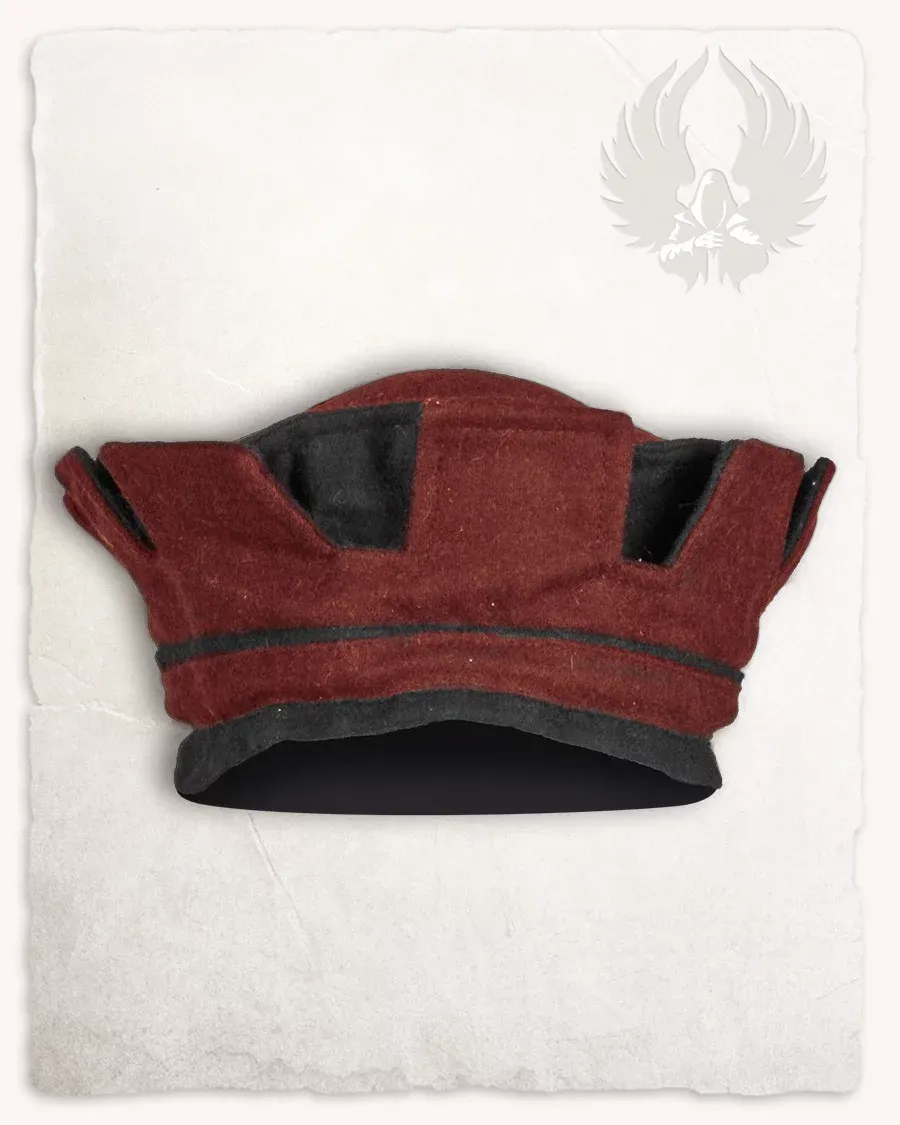What is a Bonete?
The bonete is a classic piece of medieval headwear characterized by its perfect fit to the shape of the head, used by both men and women. With a rich cultural history, the bonete was not only a functional garment but also a symbol of social status, art, and personal distinction. This article provides a detailed overview of the bonete, including its origin, characteristics, materials, and evolution over the centuries.

Origin and Etymology
The term "bonete" comes from the Catalan "bonet," which in turn is a diminutive of the Latin "abonnis." Originally, it was used to describe a cap or headpiece that conformed to the shape of the head. This versatile garment dates back to medieval times when it became popular among various social strata.
Characteristics and Materials
The versatility of the bonete lay in its construction, which varied greatly depending on social status and available resources. Some of the most common materials used in making bonetes included:
- Wool - primarily used by peasants and the lower classes.
- Felt and Leather - optional for the middle classes and more durable bonetes.
- Precious metals, velvet, and silk - incorporated into luxury bonetes.
Bonetes could be simple or richly decorated, depending on their purpose and the recipient they were intended for.
Types of Bonetes
Over time, the bonete adopted various styles. Some of the most common types during the Middle Ages were:
- Simple Bonetes: Without flaps or embellishments, worn throughout the 15th century.
- Folded Bonetes: Characterized by having double fabric or a flap that borders the base.
- Bonetes with Rounded Crown: Very popular during the third and fourth decades of the 15th century, featuring a gathered crown.
- Bonetes with High Flap: Included a rounded crown combined with a high flap.

Social Use and Status
The bonete played an important role in social differentiation. While nobles and well-off individuals opted for majestic and decorative bonetes, peasants preferred more accessible and functional caps. Moreover, the bonete was more than a garment; it served as a means of social communication, reflecting the user's position or aspirations.
Evolution of the Bonete
The bonete evolved significantly throughout the 15th century, adapting to successive changes in fashion and social context. In the second half of the century, it became common among women, sparking debates among the moralists of the time. However, starting in the 16th century, this item was largely relegated to ecclesiastical officials and academics, before being replaced by caps in most secular contexts.
Historical Context
Throughout medieval history, the bonete was an essential element of attire due to its functionality and symbolism. Bonetes, laboriously crafted by bonete makers—a specialized guild—demonstrated the skill and dedication of these artisans through the use of precious materials and elaborate designs.
In essence, the bonete embodies not only a past fashion but also a reflection of cultural norms, social status, and textile skills of the medieval era. Its impact on bygone fashion remains a fascinating topic for exploration by historians and design enthusiasts.
















